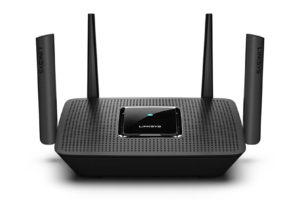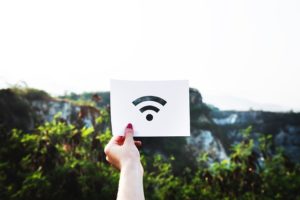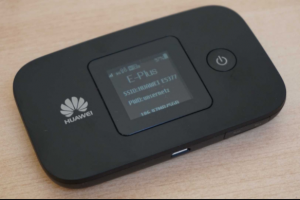As kids, some of us built tree forts and tried to communicate covertly to our friends in other forts. The communication may have been using flashlights via Morse code. You will be glad to learn that fiber-optic networks fundamentally function in a similar way. The modus operandi is to encode data in pulses of light.
The light then travels around the world carrying our phone calls, business conferences, and important internet data. But how exactly do you send light over great distances and still manage to extract information from it? Keep in mind that the light in fiber optic networks gets transmitted for thousands of miles, literally. Such as across oceans.
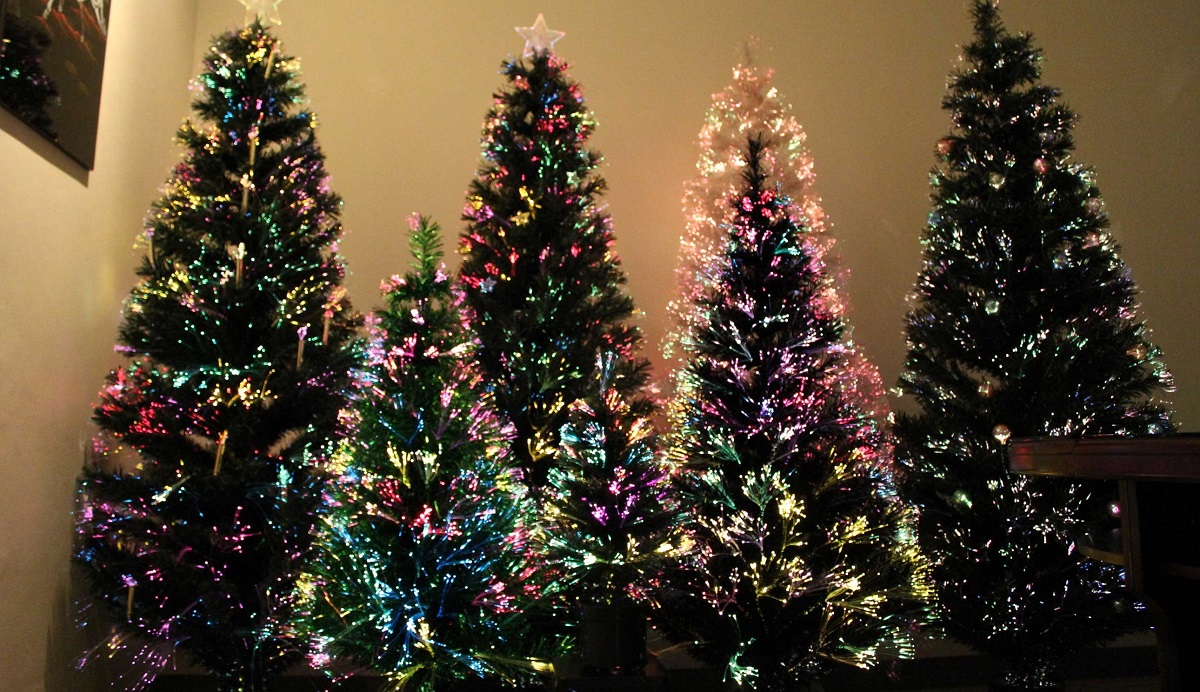
However, if you’ve ever shined a flashlight down a long hallway, you’ll know that the light scatters over any significant distance. It eventually becomes too dim to make out. Well, that is where Optical fibers come in. Recall those really skinny tubes that make your Christmas tree look nice. The ones that don’t require you to string up any messy lights, they have some special characteristics.
Related Article: Fiber Optic vs Copper Cables: How Do They Compare?
How Fiber Optic Works
The main way that fiber optics behaves differently from your flashlight is that they take advantage of Total Internal Reflection. That is a physical phenomenon. You see, a fiber optic system doesn’t just shine a light down any kind of random hollow tube. Instead, cables that make fiber optic networks are made of a glass or plastic core.
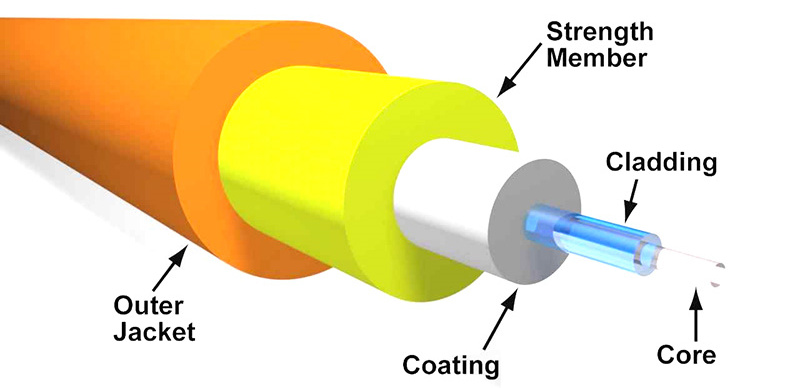
The core is then encased by an outer layer referred to as Cladding. Both the cladding and the core possess an inherent property that is known as the refractive index. You may have probably encountered that in your high school physics class. For us to comprehend what total internal reflection is, we first need to understand the Refractive Index.
Related Article: What is Fibre To The Home (FTTH)?
Refractive Index
This is basically a measure of how fast light can travel through a medium. For this system to function as it should, the core material needs to have a slightly higher refractive index than the cladding material. Sometimes this is achieved by using pure glass, which is silicon dioxide for the core. And then doping the cladding with chemicals at the same time.
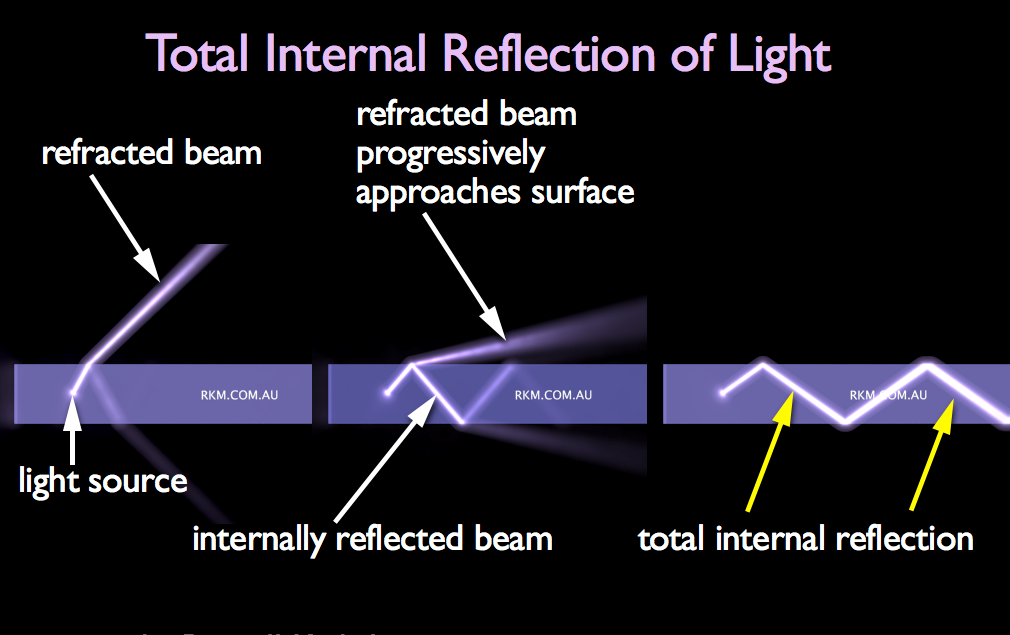
The chemicals lower its refractive index. Optionally, the core’s refractive index value can be raised by doping it. Either way, that difference in refractive index essentially means that when a ray of light hits the cladding at an angle that is greater than the critical angle, the ray will be fully reflected at the same angle. That means that no light will pass through the cladding.
That phenomenon is called Total Internal Reflection. The critical angle is the angle that when the ray of light hits a medium it causes an angle of refraction of more than 90°. That means that it can continue on down the fiber tube in a zigzag pattern indefinitely. Well not quite, though in theory, the optical signal should just keep going all the way until it reaches the other end of the fiber.
Related Article: Cat5, Cat6, Cat7: Ethernet cables explained
Fiber Optic Repeaters and Amplifiers
However, our pesky world of reality never falls short of means to introduce a wrench within the pudding. Regardless of how pure of high quality an optical cable is, it cannot lack imperfections. Even if they’re so small that they can only be seen at the molecular level.
It is those imperfections that will cause some of that light to scatter. That minute scattering weakens the signal over distance. Eventually, the signal can’t be understood by the equipment of the other end. In order to mitigate this challenge, fiber cables that run over long distances are helped by amplifiers and repeaters.
1. Repeaters
Repeaters are strategically positioned at locations along the fiber cable where the signal will have significantly weakened. However, the signal has to be strong enough to be read. The repeater converts the light signal into its corresponding electronic signal.

The repeater again converts that electronic signal back to a light signal. Just as it was at the point of origin. The new “re-energized” light signal is then sent along on its merry way. But the repeaters introduce complexity costs as well as latency issues. That is where amplifiers come in.
Related Article: A gentle guide to home networking: Understanding MiFi, Routers, Access Points and Switches
2. Amplifiers
Many modern long-distance systems now use amplifiers instead of repeaters. These are gadgets that have chemically doped optical fibers. The doping ions amplify light directly when a weakened signal hits them. Those ions present in the fibers re-emit the same signal, except it is now stronger than it went in.

And the healthier signal continues down the cable. This is what makes it possible to design extremely long fiber runs. That makes them a more viable choice for long-distance communication than copper.
Related Article: Researchers squeeze the world’s internet traffic into a single fiber strand
Other Reasons Why Fiber Optic Is More Viable Than Copper
Optical fiber is not just more cost-effective than copper wiring. It is also more power-efficient and even goes farther without requiring a boost. Also, because it’s thinner and doesn’t cause electromagnetic interference to the cables around it. Thus it is common to bundle a bunch of optical fibers together.
One typical large bundle can have many fibers that carry multiple wavelengths of light. It is this feature that makes it possible to transmit enormous amounts of data without taking up too much space. Because fiber optics are very versatile, they have found applications outside the communications industry.
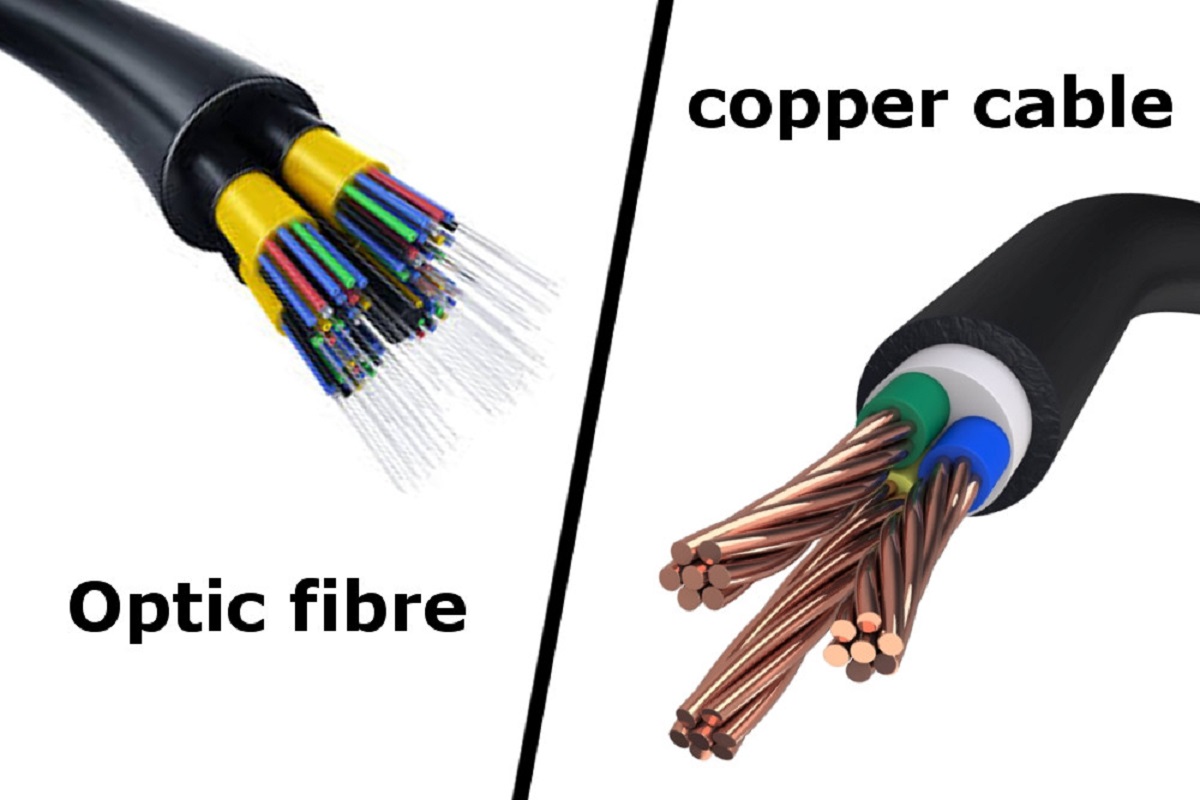
A notable application is in Endoscopy. Here, their flexibility allows a user to light up and view inside very hard to reach spaces. This is applied in fields such as medicine, engineering, and even plumbing.
Now you know the basic workings behind fiber-optic networks. Feel free to engage us on the subject via the comments section below.
Related Article: Are Web and Internet the same thing? Not quite!



